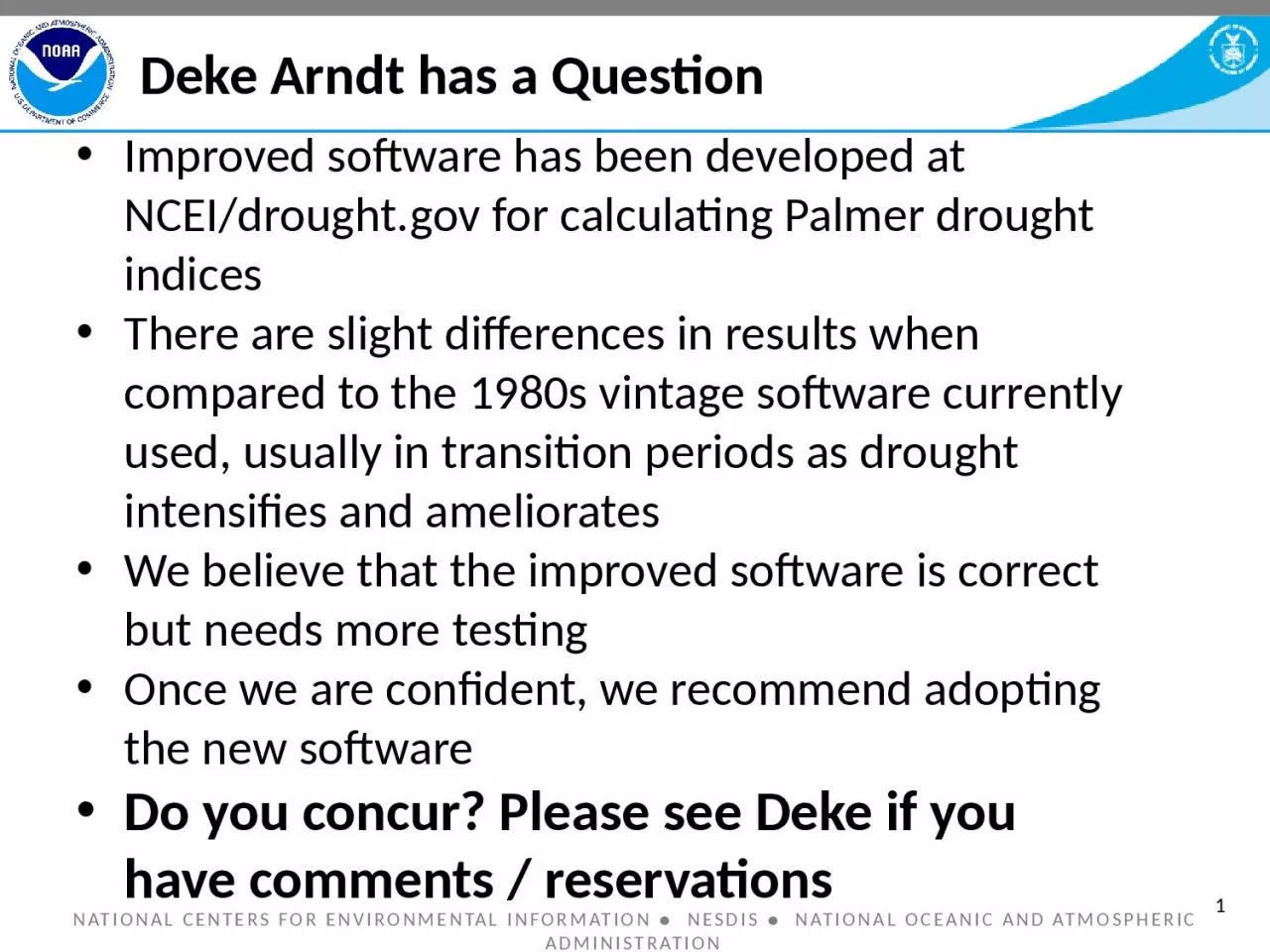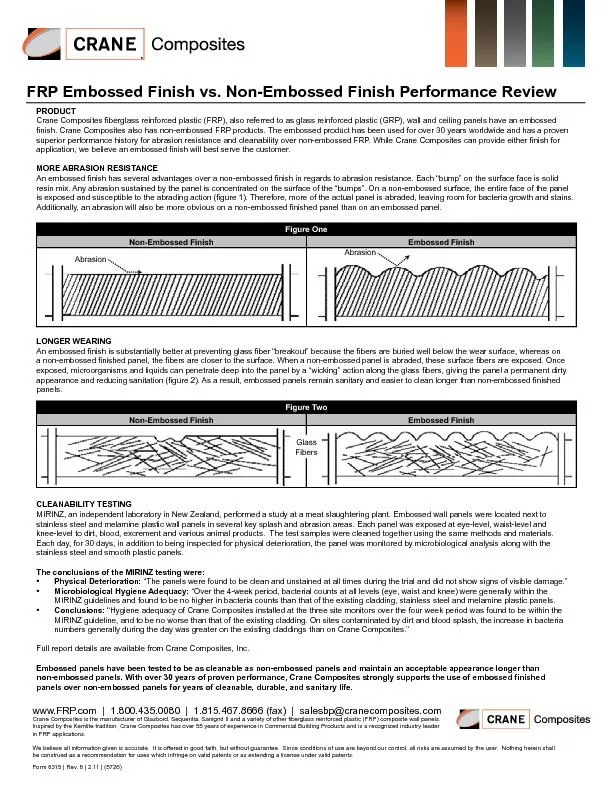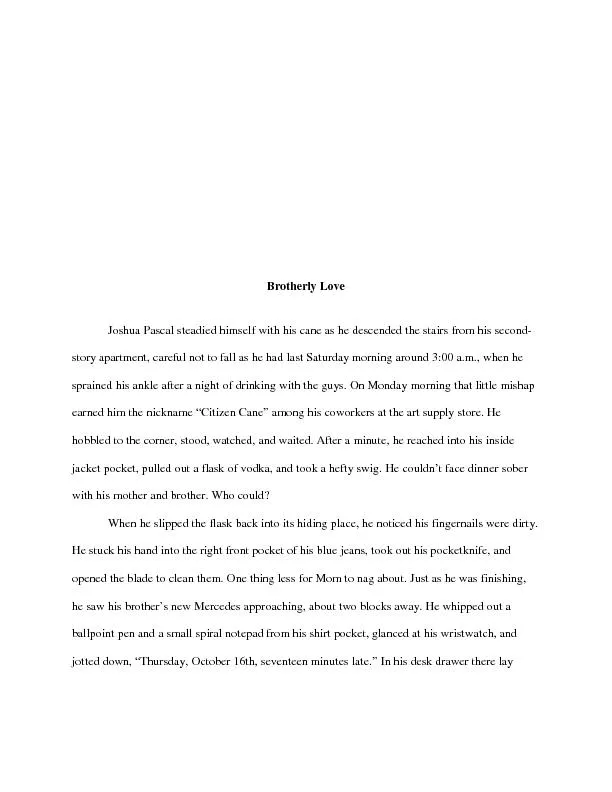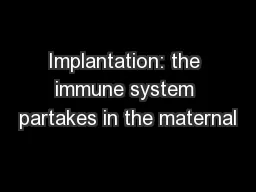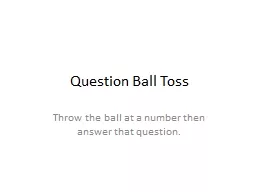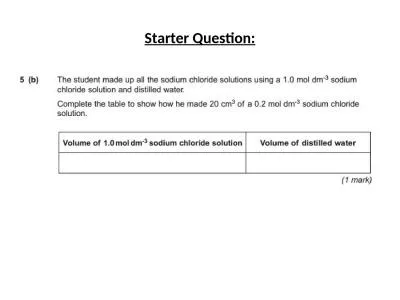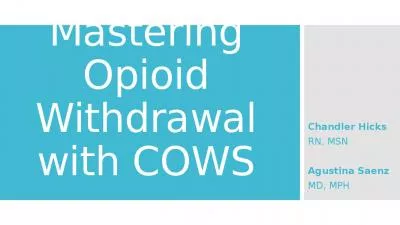PPT-Deke Arndt has a Question
Author : violet | Published Date : 2023-10-26
Improved software has been developed at NCEIdroughtgov for calculating Palmer drought indices There are slight differences in results when compared to the 1980s
Presentation Embed Code
Download Presentation
Download Presentation The PPT/PDF document "Deke Arndt has a Question" is the property of its rightful owner. Permission is granted to download and print the materials on this website for personal, non-commercial use only, and to display it on your personal computer provided you do not modify the materials and that you retain all copyright notices contained in the materials. By downloading content from our website, you accept the terms of this agreement.
Deke Arndt has a Question: Transcript
Download Rules Of Document
"Deke Arndt has a Question"The content belongs to its owner. You may download and print it for personal use, without modification, and keep all copyright notices. By downloading, you agree to these terms.
Related Documents

